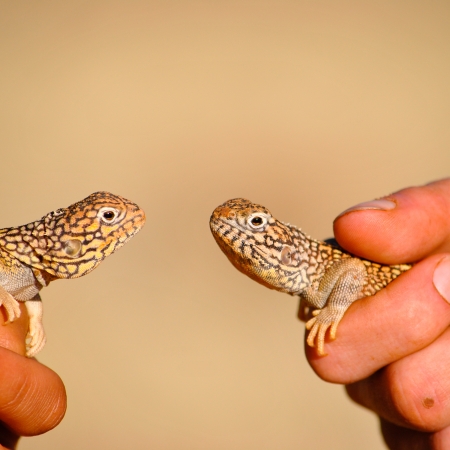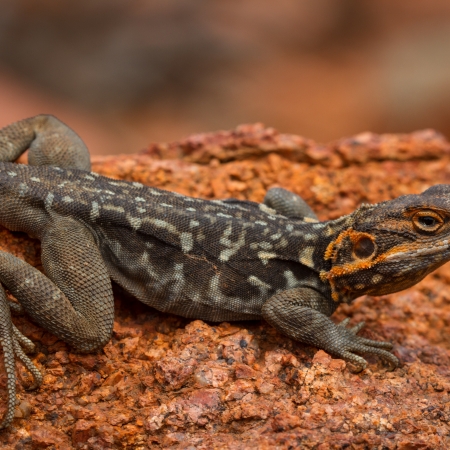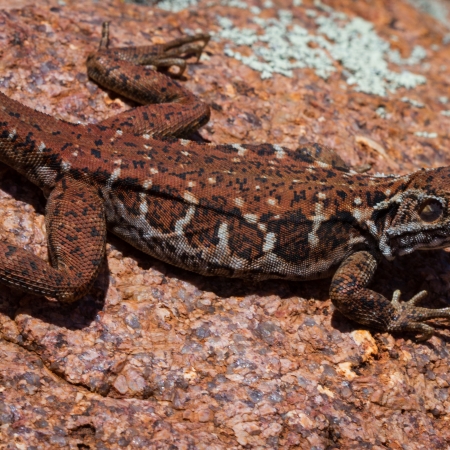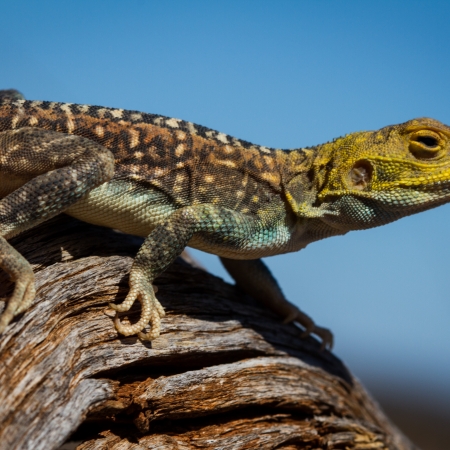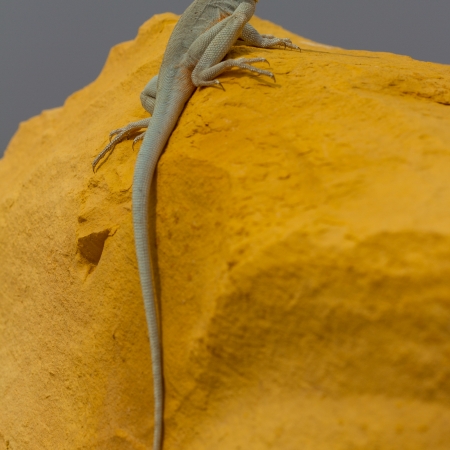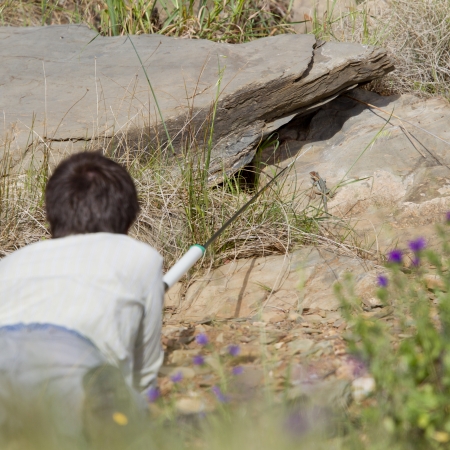By Chris Chipello
Lizards, with their scaly skin and shifty eyelids, may be off-putting to some people. But neuroscientists ought to take a closer look; these reptiles could teach us a thing or two about how our own brains evolved, according to Daniel Hoops, a postdoctoral fellow in McGill’s Department of Psychiatry.
Hoops earned an international award in evolutionary neuroscience for his PhD work in Australia, studying brain anatomy in a group of pint-sized lizards known as “dragons” (pictured above and below). The research led to his publishing an essay earlier this year, in the journal Brain, Behavior and Evolution, laying out the case for scientists to look beyond the usual suspects -- rodents and primates -- in their quest to answer some of the long-standing questions of neuroscience.
“Squamates [lizards and snakes] are ideal for comparative evolutionary neuroscience,” Hoops writes. Group living, for instance, evolved relatively recently in squamates, so studying them could provide insights into how sociality and social cognition have developed in other vertebrates. Squamates’ abundant production of new neurons throughout life could also help advance our understanding of adult neurogenesis in humans. What’s more, “they hold great potential for the study of the impacts of climate change on neural development, cognition, and behaviour,” Hoops adds.
To read his complete essay, go to: The Secret Caverns of the Dragon’s Brain: Current and Potential Contributions of Lizards to Evolutionary Neuroscience
